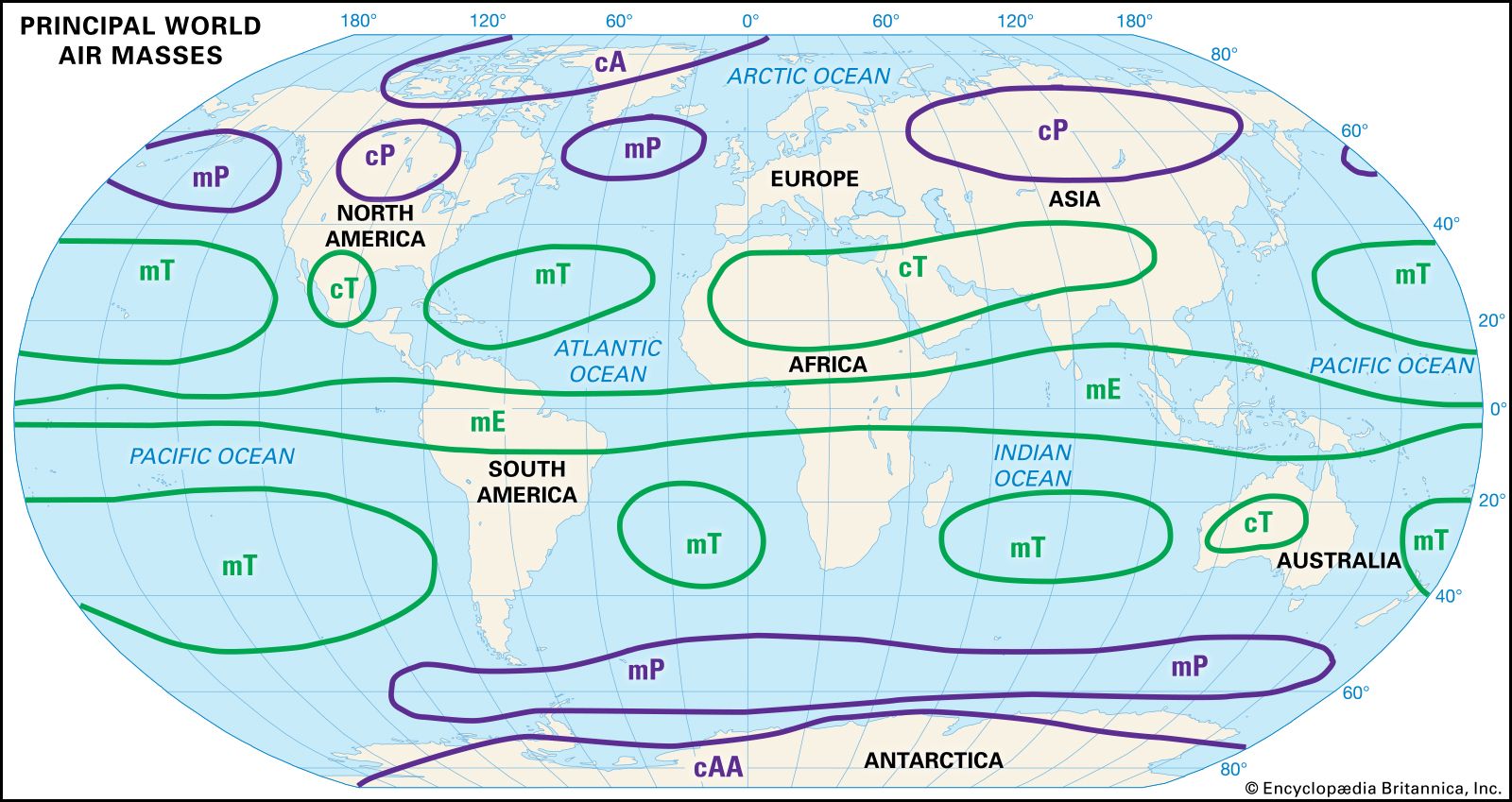Understanding Air's Polarity: What You Need to Know

Air, an invisible yet vital component of our environment, plays a crucial role in sustaining life on Earth. But have you ever wondered about its polarity? Understanding the polarity of air is essential for various fields, from meteorology to industrial applications. This blog delves into what air’s polarity means, its significance, and how it impacts our daily lives. (air composition, atmospheric science, air polarity)
What is Air’s Polarity?

Air is a mixture of gases, primarily nitrogen (78%), oxygen (21%), and trace amounts of other gases like carbon dioxide and argon. While air itself is not polar, its components exhibit varying degrees of polarity. Polarity refers to the separation of electric charge within a molecule, creating a positive and negative end.
- Oxygen (O₂): A nonpolar molecule due to its linear structure and equal sharing of electrons.
- Nitrogen (N₂): Also nonpolar, with a similar structure to oxygen.
- Water Vapor (H₂O): A polar molecule, present in trace amounts in air, which significantly influences weather patterns.
💡 Note: While air as a whole is nonpolar, the presence of polar molecules like water vapor can affect its behavior in certain conditions.
Why Does Air’s Polarity Matter?

The polarity of air impacts several natural and industrial processes:
- Weather and Climate: Polar molecules like water vapor contribute to humidity, cloud formation, and precipitation.
- Industrial Applications: In processes like air filtration and gas separation, understanding air’s polarity helps optimize efficiency.
- Health and Environment: Polar contaminants in air, such as pollutants, can have adverse health effects.
| Component | Polarity | Impact |
|---|---|---|
| Oxygen (O₂) | Nonpolar | Supports respiration |
| Water Vapor (H₂O) | Polar | Influences weather |
| Carbon Dioxide (CO₂) | Linear, nonpolar | Contributes to greenhouse effect |

How to Measure Air’s Polarity

Measuring the polarity of air involves analyzing its components and their interactions. Techniques include:
- Gas Chromatography: Separates air components based on polarity.
- Humidity Sensors: Detects water vapor levels, indicating polar molecule presence.
- Spectroscopy: Identifies molecules by their polar characteristics.
For those interested in air quality monitoring systems, understanding polarity is key to selecting the right tools. (air quality monitoring, gas analysis, industrial applications)
Key Takeaways

- Air itself is nonpolar, but its components like water vapor exhibit polarity.
- Polarity influences weather, industrial processes, and environmental health.
- Measuring air’s polarity requires specialized techniques like gas chromatography.
Is air a polar or nonpolar substance?
+Air is primarily nonpolar due to its major components (nitrogen and oxygen), but trace polar molecules like water vapor are present.
How does air's polarity affect weather?
+Polar molecules like water vapor influence humidity, cloud formation, and precipitation, driving weather patterns.
Can air's polarity be altered?
+While air's overall polarity remains nonpolar, adding polar substances (e.g., water vapor) can change its behavior in specific conditions.
In summary, the polarity of air is a fascinating aspect of atmospheric science with wide-ranging implications. Whether you’re a scientist, environmentalist, or simply curious, understanding air’s polarity enhances your appreciation of the air we breathe. (atmospheric science, air composition, environmental impact)



